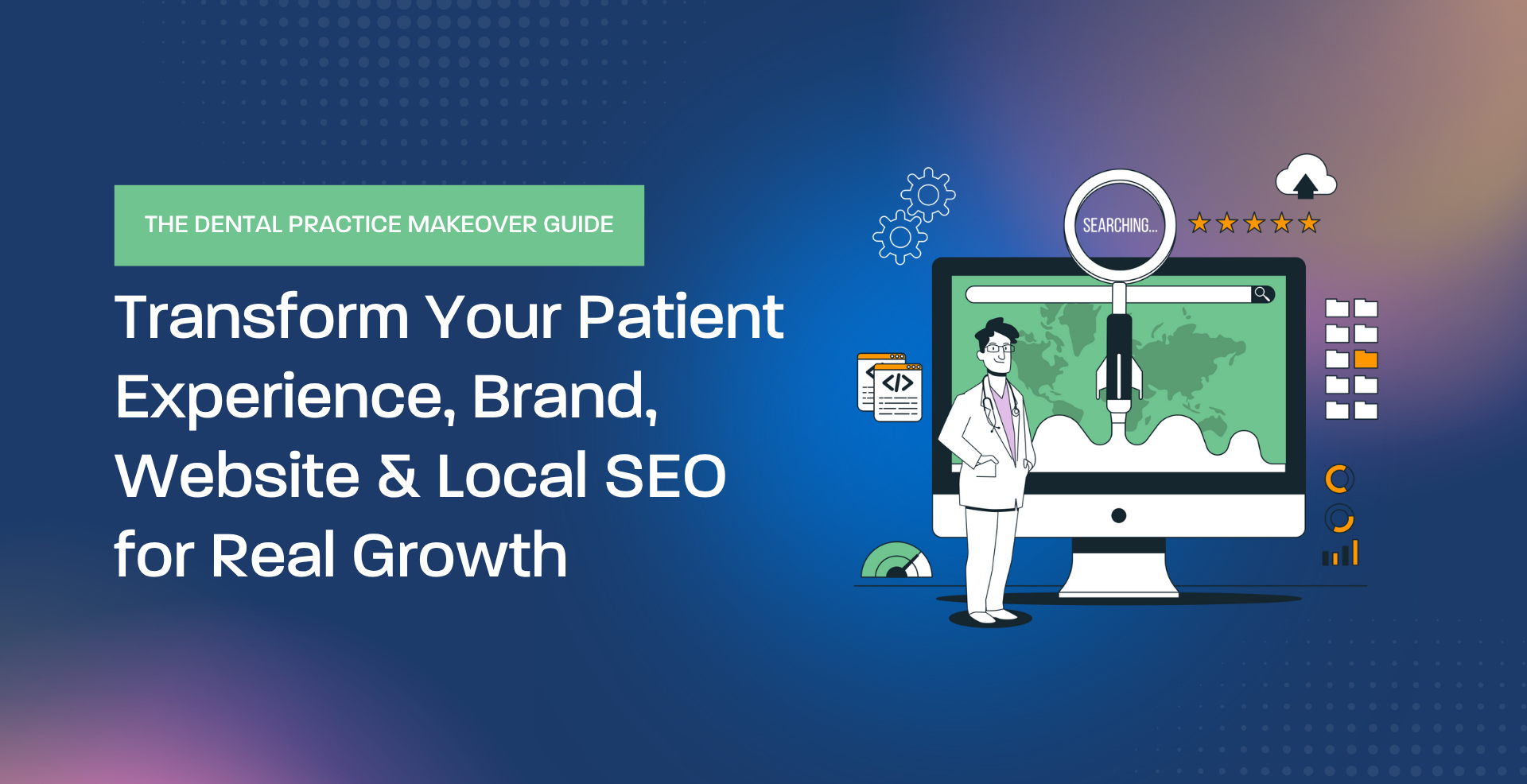With over 71% of businesses online, visibility is key for large, small, and medium-sized enterprises (SMEs) striving to make their mark in a competitive market. The success of your business can hinge on its visibility in search engine results. Search Engine Optimization (SEO) isn’t just a buzzword; it’s a powerful tool for achieving online visibility. However, it often remains untouched by many business owners who lack knowledge or understanding of its basics. This beginner’s guide aims to demystify SEO, shedding light on its significance and providing actionable insights for SMEs to kickstart their journey into the world of effective online optimization.
To begin, what is SEO and why does it matter?
Simply put, SEO is the process of optimizing a website’s content, structure, and other elements to improve its visibility in search engine results, such as Google, Bing, or Yahoo. When potential customers search for products or services related to your business, a strong SEO strategy ensures your website appears prominently in their search results, which is one of the major goals of SEO. SEO involves various strategies and tactics that aim to enhance a site’s quality, relevance, and authority in the eyes of search engines. Essentially, with proper on-page SEO factors, you make the search engine’s bots’ lives easier, and in return, the engine greets you back!

Some basic components of SEO are:
- Keywords: These are words or phrases that users type into search engines. Understanding and strategically using relevant keywords throughout your website’s content is vital.
- Content quality: Creating high-quality, valuable, and relevant content that caters to users’ needs helps improve rankings.
- On-page optimization: This involves optimizing elements within a website, such as titles, meta descriptions, headings, and images, to align with targeted keywords.
- Off-page optimization: Building a robust backlink profile through quality external links from reputable websites boosts a site’s credibility and authority.
- User experience (UX): Factors such as site speed, mobile-friendliness, and intuitive navigation significantly impact user experience, indirectly affecting SEO. CWV (Core Web Vitals) scores can be helpful in this regard.

If you’re ready to venture into SEO, here’s a step-by-step approach:
- Set clear goals: What do you want to achieve from your SEO strategy? Whether it is increased website traffic, higher rankings for some keywords, or boosting online sales, you need to define specific objectives for your SEO strategy.
- Conduct an SEO audit: Assess your website’s current SEO status using tools like Google Analytics and Google Search Console to identify areas for improvement, such as broken links, technical issues, content quality, slow-loading pages, or backlink profiles.
- Create an SEO strategy: Now that you know what is lacking in your website based on your goals and audit findings, you can develop a comprehensive SEO plan outlining the steps you’ll take to optimize your website.
- Keyword research and selection: Select keywords relevant to your business and create a list of primary and secondary keywords to target. But remember, to do this, you need to understand your target audience’s search intent and behavior.
- Create valuable content: Develop high-quality, informative, and engaging content that addresses users’ queries and provides value. Regularly update your website with fresh content, such as blog posts, articles, videos, or infographics.
- Optimize on-page elements: Implement chosen keywords strategically in meta titles, meta descriptions, headers, and content. Ensure readability and natural incorporation of keywords, which you can check with plugins like Yoast.
- Local SEO: If you’re targeting local customers, you can optimize for local searches by creating a Google My Business profile, obtaining customer reviews, and ensuring consistent business information across online directories.
- Mobile-friendliness: With a significant portion of web traffic coming from mobile devices, ensure your site is responsive and provides a seamless experience across all screen sizes.
- Link building: Acquire backlinks from reputable websites in your industry. This process involves guest posting, collaborations, or creating shareable content that naturally earns links.
- Monitor and adapt: Track your website’s performance using analytics tools. Monitor keyword rankings, traffic, and user behavior to identify what works and needs improvement. SEO results may take time to reflect changes, so you need to be patient.
- E.A.A.T: To improve E-A-A-T (Experience, Expertise, Authoritativeness, and Trustworthiness), websites should focus on providing content that conveys trust signals and helps users take action. This includes creating an “About Us” page and author bios, alongside different content types, to build trust with users. Also, ensure a privacy policy is in place so users can opt in or out of data collection.

Importance of SEO for businesses
The importance of SEO for businesses cannot be overstated. By ranking higher on search engine results pages (SERPs), businesses can reach their target audience more effectively, leading to higher conversion rates and increased revenue. SEO also serves as a cost-effective and powerful tool to:
- Increase visibility: Appearing higher in search results drives more organic traffic to your website, expanding your reach to potential customers.
- Build credibility and trust: Ranking higher instills trust among users, positioning your business as a credible source within your industry.
- Compete with larger businesses: Effective SEO allows businesses to compete on a level playing field with larger competitors, irrespective of budget constraints.
- Improve conversion rates: Targeted SEO efforts bring users genuinely interested in your products or services, leading to higher conversion rates.
While SEO may seem complex at first glance, breaking it down into manageable steps over time can significantly boost your business’s online visibility and attract more potential customers. By comprehending the basics and consistently implementing fundamental strategies, both SMEs and larger enterprises can establish a solid foundation for long-term growth and success.






